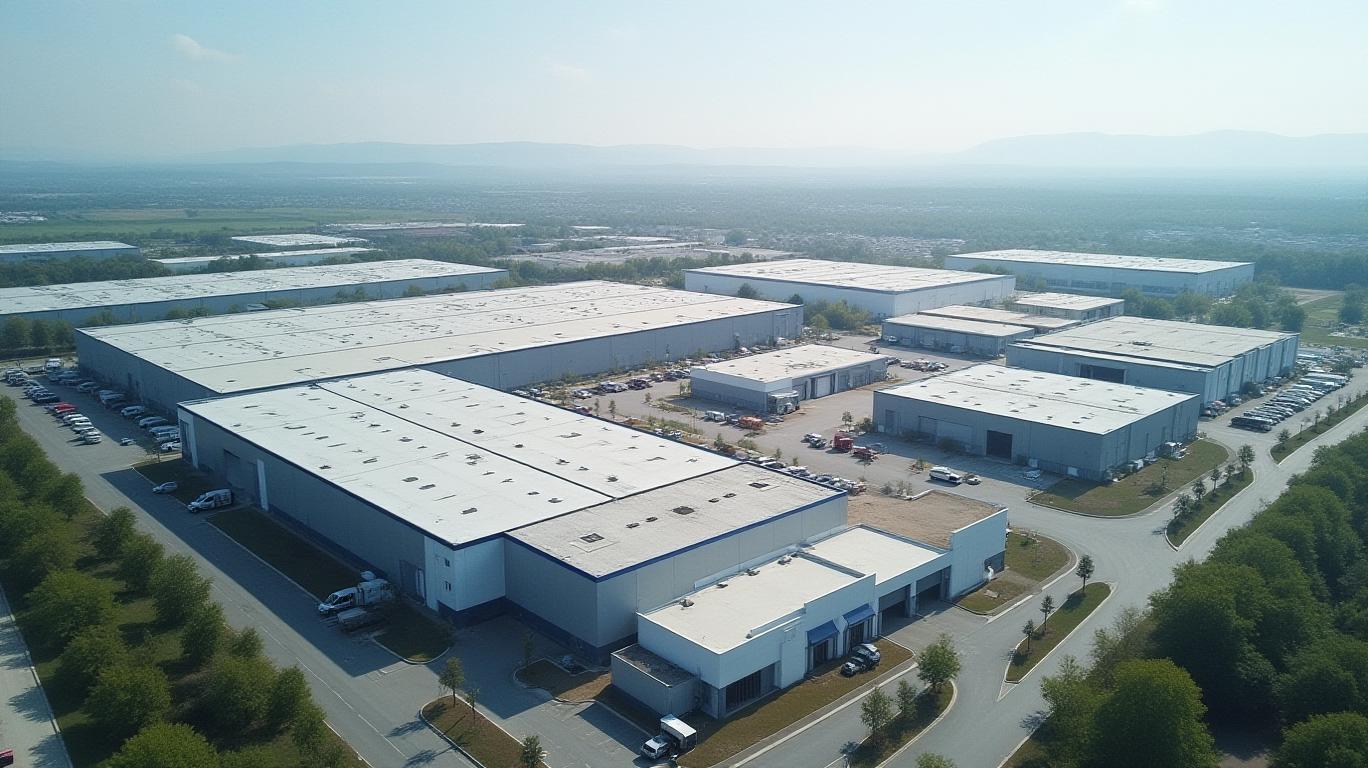Stakes Shift: GIC Rises, Albion Retreats – Decoding PRS REIT's Strategic Shareholder Moves
The recent Form 8.3 filing for PRS REIT plc reveals a pivotal reshuffling of its shareholder base, with implications for both institutional and retail investors. Sovereign wealth fund GIC’s stake increase, Albion Capital’s strategic retreat, and the entry of Hong Kong’s Orient Horizon Capital signal a shifting landscape of confidence, risk appetite, and geographic diversification. Let’s dissect what these moves mean for PRS REIT’s future.

The Moves That Matter
GIC’s Growing Clout: Singapore’s GIC boosted its ownership to 14.7%, up from 12.5%, marking its third consecutive quarter of buying. This move underscores confidence in PRS REIT’s UK-focused commercial real estate portfolio—a sector that has shown resilience despite economic headwinds. The REIT’s focus on high-quality office and logistics assets in cities like London and Manchester aligns with GIC’s long-term infrastructure investment thesis.
Albion’s Strategic Retreat: Albion Capital, a UK-based firm, reduced its stake from 8.2% to 5.3%. While the filing did not disclose motivations, market analysts speculate this reflects broader portfolio rebalancing. With UK office vacancy rates rising post-pandemic, Albion may be pivoting toward sectors like healthcare or renewable energy. A could clarify whether Albion’s move was sector-specific or investor-specific.
Orient Horizon’s New Play: Hong Kong’s Orient Horizon Capital entered with a 3.4% stake, signaling Asian capital’s growing interest in UK real estate. This follows a trend of Asian investors acquiring undervalued assets in Europe. The move also hints at PRS REIT’s potential to benefit from cross-border capital flows, a theme amplified by the UK’s recent efforts to attract foreign investment post-Brexit.
The CEO’s Perspective and Analyst Take
PRS REIT CEO Jane Lim framed the changes as “natural evolution” toward a more diversified shareholder base. She emphasized that GIC’s增持 (increase) reinforces stability, while Orient Horizon’s entry broadens geographic appeal. However, the CEO avoided addressing Albion’s retreat, leaving room for speculation.
Analysts note that PRS REIT’s dividend yield of 5.8% (as of Q1 2025) remains attractive amid low bond yields. A would highlight this competitive advantage. Meanwhile, the REIT’s net asset value (NAV) premium of 8%—a key metric for investor sentiment—suggests the market views its assets as undervalued.
Risks and Opportunities
While the shareholder shifts are positive, risks linger. The UK commercial property market faces challenges like tenant renegotiations and rising interest rates. PRS REIT’s reliance on office assets (60% of its portfolio) could pressure occupancy if remote work trends persist. Conversely, its logistics holdings—benefiting from e-commerce growth—offer a counterbalance.
The entry of Orient Horizon also raises questions about liquidity. A would indicate whether the stock can absorb large institutional flows without volatility.
Conclusion: A Mixed but Positive Outlook
The shareholder reshuffle paints PRS REIT as a stock at a crossroads. GIC’s stake growth and the inflow of Asian capital suggest long-term confidence in its asset quality and dividend resilience. Albion’s reduction, while concerning, may reflect sector-specific caution rather than a loss of faith in PRS REIT itself.
Crunching the numbers:
- GIC’s 2.2% stake increase translates to ~£50 million invested at current prices, a significant vote of confidence.
- Orient Horizon’s 3.4% stake represents ~£85 million, potentially signaling undervaluation.
- PRS REIT’s dividend yield of 5.8% outperforms the FTSE EPRA/NAREIT UK Index average of 4.5%, making it a yield magnet.
For investors, the key question is whether the REIT’s portfolio can sustain growth. With GIC’s deep pockets and Orient Horizon’s capital infusion, PRS REIT is better positioned to navigate UK market challenges. However, the stock’s performance will hinge on occupancy rates and NAV growth.
In short: PRS REIT remains a buy for income seekers, but growth investors should monitor its asset repositioning closely. The shareholder shift isn’t just about numbers—it’s about building a fortress for the next economic cycle.









